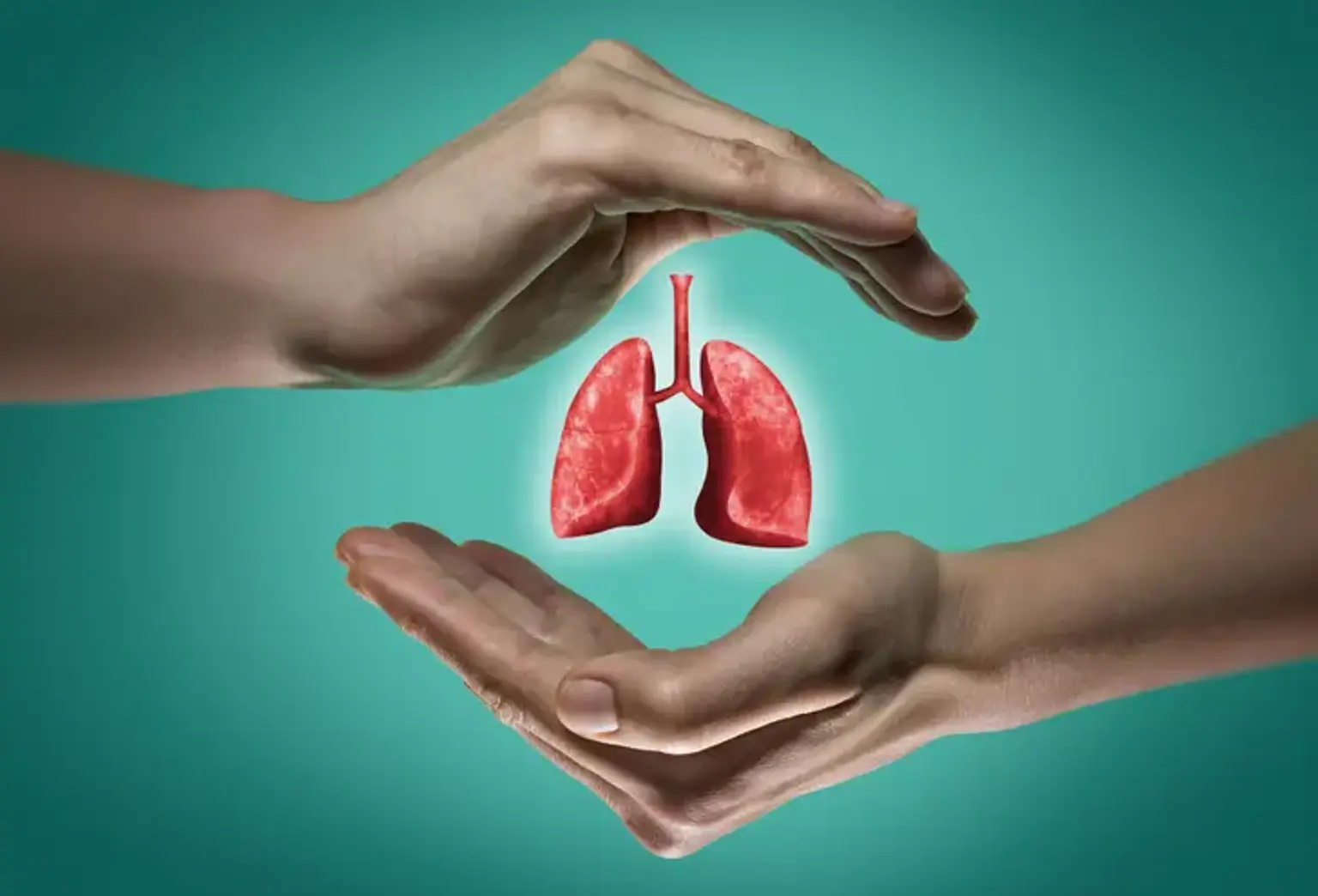Pulmonary Endarterectomy
Overview
Patients with an acute pulmonary embolism (PE) may develop chronic thromboembolic pulmonary hypertension (CTEPH). In CTEPH, it is thought that scar tissue from the initial PE site builds in the lungs and impedes the bloodstream, resulting in pulmonary hypertension and shortness of breath. Patients with CTEPH may have very limited everyday functioning when they are first present. About 75 percent of CTEPH patients will mention having an acute PE in the past, frequently many years ago. In the United States, there are about 600,000 cases of PE each year, and up to 4% of individuals may develop CTEPH. This disorder is underdiagnosed. You don't want to ignore this diagnosis because it's the only type of pulmonary hypertension that may be treated among all the causes of pulmonary embolism. Unfortunately, it frequently goes undiagnosed. If you think a patient has CTEPH, you should refer them to a pulmonary vascular disease treatment facility for additional assessment.
